Making Swedish Mazariner.
Photos © JE Nilsson and CM Cordeiro 2011
A while back in May 2011, I spent the weekend putting together some Swedish signature Almond Tarts / Cakes called Mazarin (mazariner for plural), giving a brief description of the Italian-French heritage and etymology of the word, the tart made popular in large part to Cardinal Jules Mazarin (1602-1661).
Today, these attractively shaped morsels, usually round or oval, capped with a white icing lid are a standard staple on the tea biscuits menu in just about any café in Sweden. If there is a café, in Sweden, there are Mazariner. Simple as that.
It was at the time interesting to discover the stunning difference in the flavour between the homemade ones and the sad samples usually offered for sale in the cafés. The ready made ones are just nothing near in fullness of texture and flavour to what you could produce yourself at home in just under an hour’s efforts. To make your own Mazariner is like reviving a lost art, giving life to a tradition in Sweden that perhaps not many think about these days. Consistency, flavour well the whole idea with the cake is different, if you make them yourself.
So this early September weekend, I decided to have another go at this recipe, creating a more rustic version of it. First of all, I just love the almond filling, so I added 50g more almonds to the almond paste recipe compared to the finer version made in May 2011. The added almonds gave the filling a heavier texture, thicker in consistency. The pastry dough recipe remained the same, though the thickness of the pastry lined each mould was also increased by ever so slightly. Loving the almond paste, I added just about twice as much filling as each mould should contain – couldn’t help that really.
What resulted of all these efforts was of course mazariner with rounded tops, much resembling French Madeleins. The mounded tops of these tarts meant that the icing sugar glazing that was to end up on a flat surface on the top needed to be softly drizzled instead of poured flat, having no flat tops to be found.
The taste of Mazariner also strikes home with me, where already in May 2011, I wrote about how I had associated these Swedish Almond Tarts to the Eurasian Almond Sugee Cake, that is my own Portuguese heritage from growing up in Singapore.
I haven’t as yet tried my hand at making French Madeleines, but if written words could induce a Madeleine effect as eating one had compelled French novelist and critic, Marcel Proust (1871-1922) to write of his experience of eating a Madeleine, then the following paragraph from Proust’s most monumental works that came in seven volumes, À la recherche du temps perdu does it for me:
The Cookie
Many years had elapsed during which nothing of Combray, save what was comprised in the theatre and the drama of my going to bed there, had any existence for me, when one day in winter, on my return home, my mother, seeing that I was cold, offered me some tea, a thing I did not ordinarily take. I declined at first, and then, for no particular reason, changed my mind. She sent for one of those squat, plump little cakes called “petites madeleines,” which look as though they had been moulded in the fluted valve of a scallop shell. And soon, mechanically, dispirited after a dreary day with the prospect of a depressing morrow, I raised to my lips a spoonful of the tea in which I had soaked a morsel of the cake. No sooner had the warm liquid mixed with the crumbs touched my palate than a shudder ran through me and I stopped, intent upon the extraordinary thing that was happening to me. An exquisite pleasure had invaded my senses, something isolated, detached, with no suggestion of its origin. And at once the vicissitudes of life had become indifferent to me, its disasters innocuous, its brevity illusory – this new sensation having had on me the effect which love has of filling me with a precious essence; or rather this essence was not in me it was me. I had ceased now to feel mediocre, contingent, mortal. Whence could it have come to me, this all-powerful joy? I sensed that it was connected with the taste of the tea and the cake, but that it infinitely transcended those savours, could, no, indeed, be of the same nature. Whence did it come? What did it mean? How could I seize and apprehend it?
~ Marcel Proust. Remembrance of Things Past. Volume 1: Swann’s Way: Within a Budding Grove. The definitive French Pleiade edition translated by C.K. Scott Moncrieff and Terence Kilmartin. New York: Vintage. pp. 48-51. (Internet resource, from Haverford Liberal Arts College, Philadelphia, USA)
The pictures below, set more as a photoblog, show the processes of the making of the rustic mazarin.
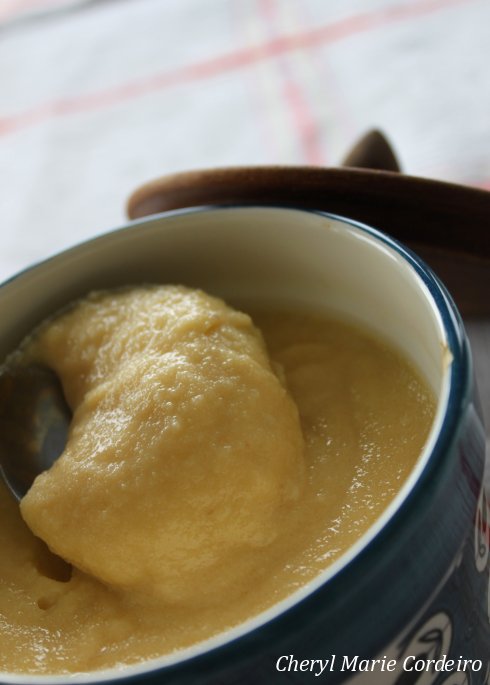
A heavier version of almond paste, with more almonds in it compared to the original recipe, prepared the night before the baking of the mazariner.
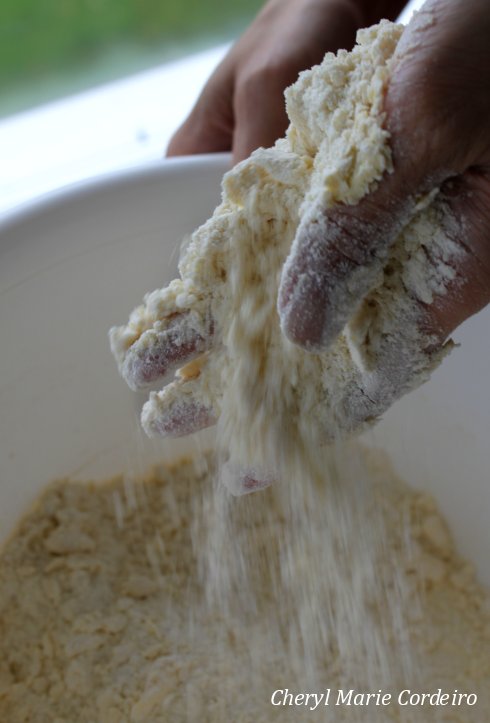
Mördeg in the making.
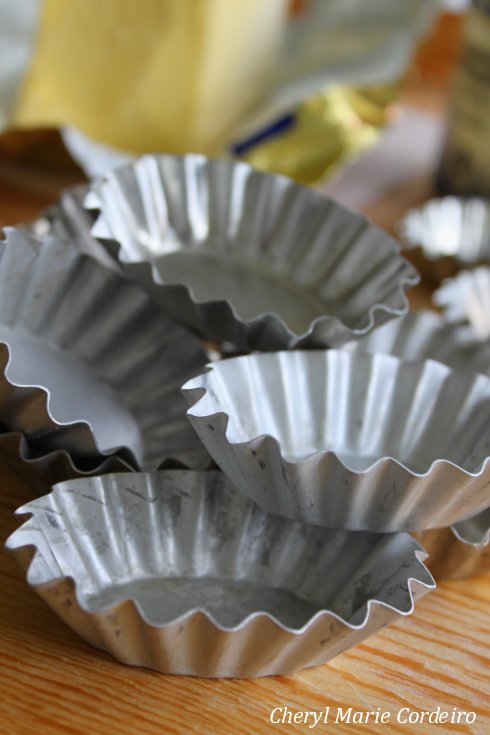
Plain oval tin forms are the norm for mazariner in Sweden. Here, two types of forms were used – a frilled tins, and round aluminum foiled cups.
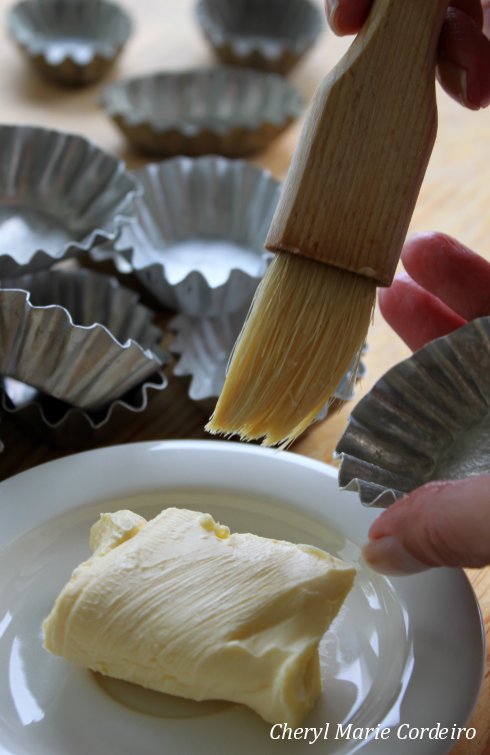
Each tin form was brushed with butter to help ease the tart out of its shell after baking.
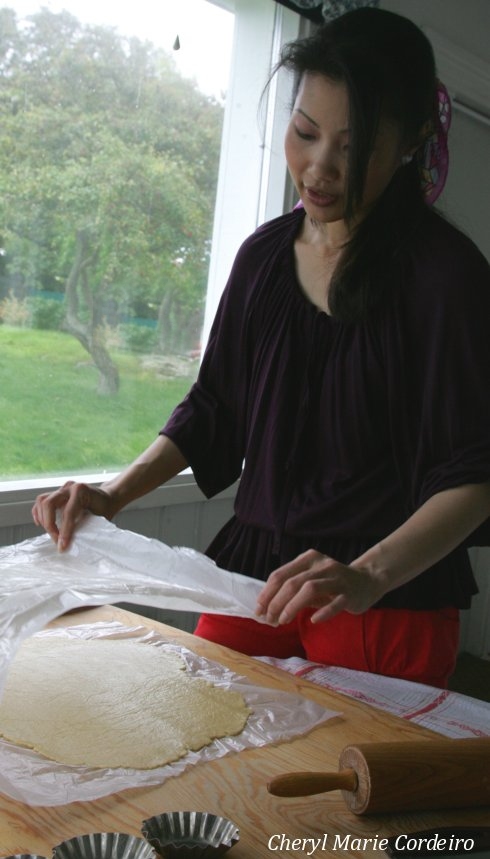
Rolling out the dough.
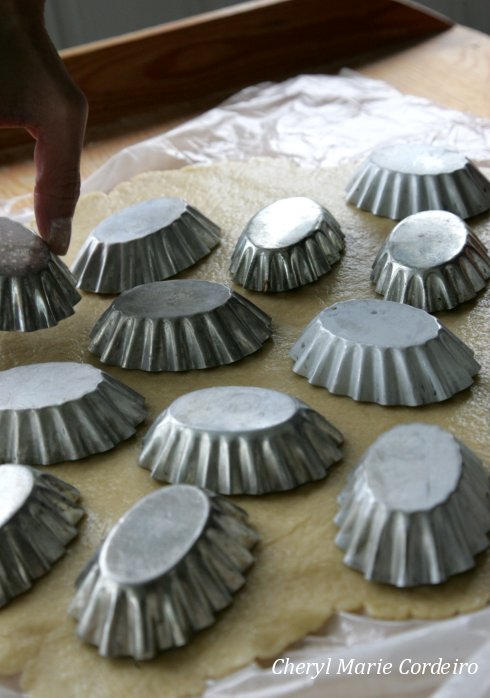
Tin forms on pastry.
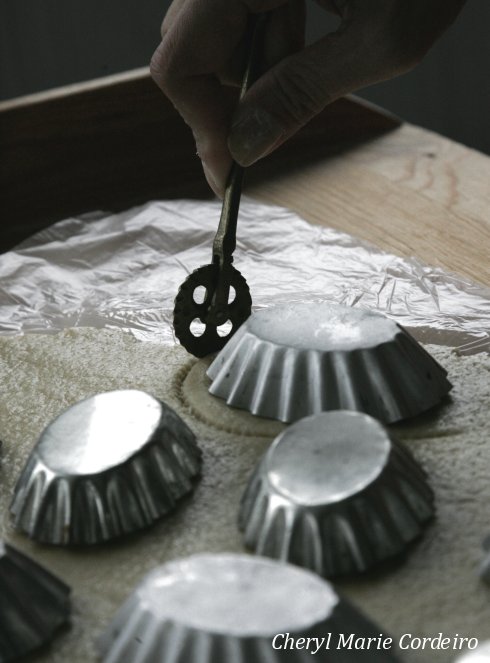
Pastry cutting.
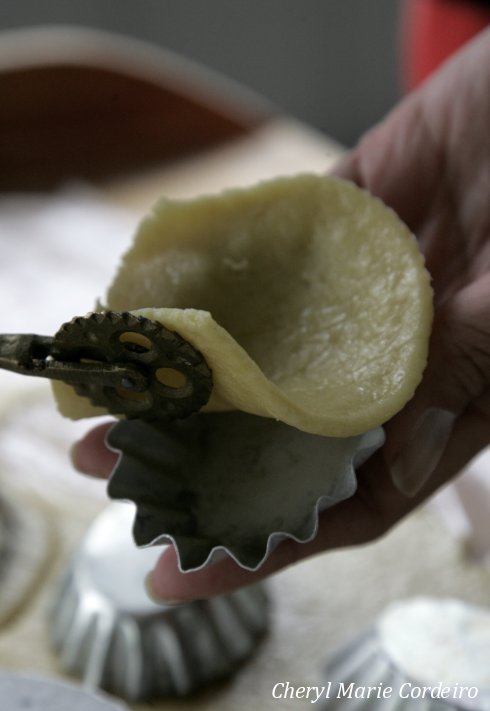
Pastry in tin forms.
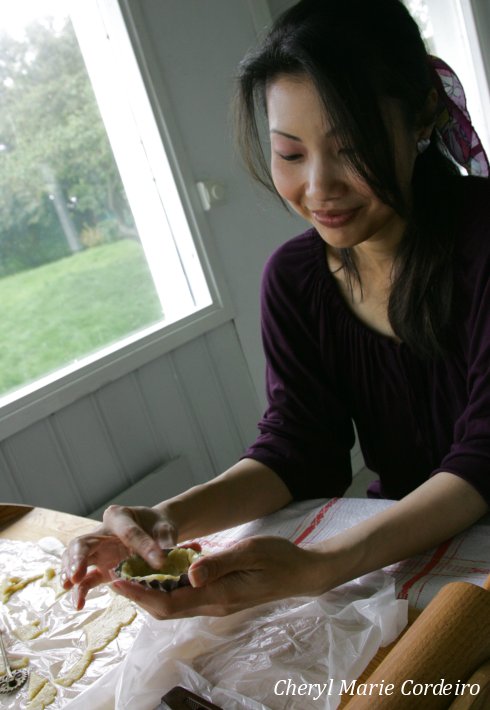
Dough pinching.
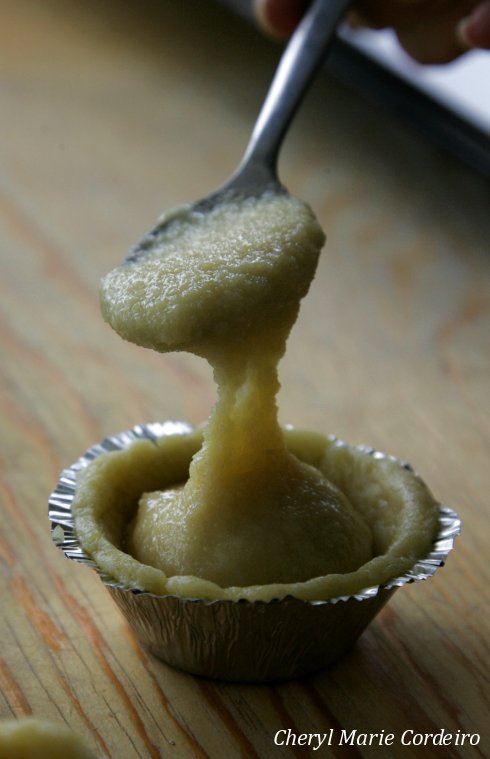
Filling almond paste.
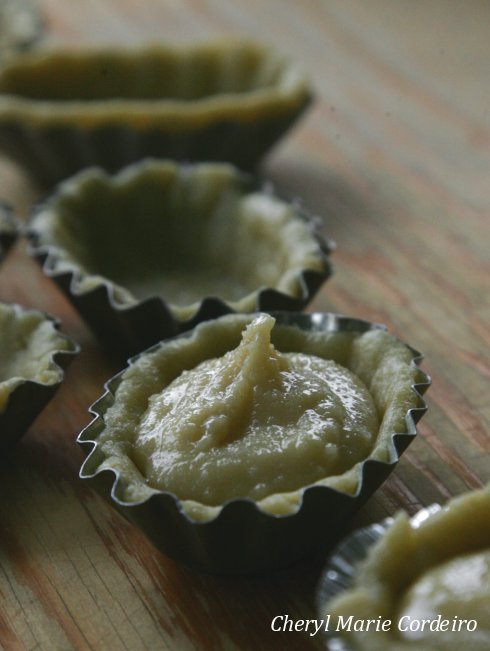
Just one in the batch.
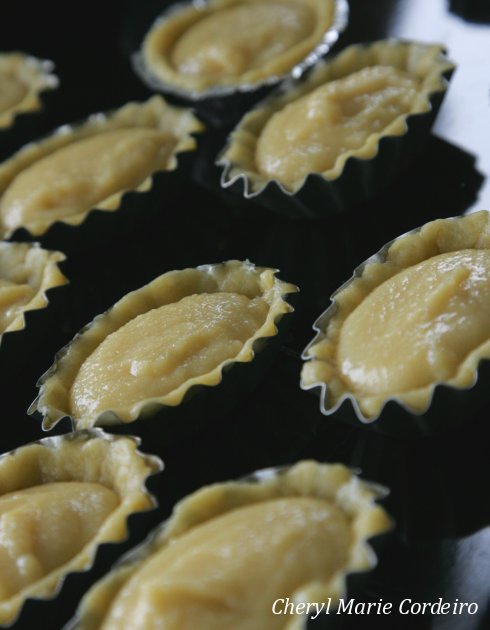
Just before baking.
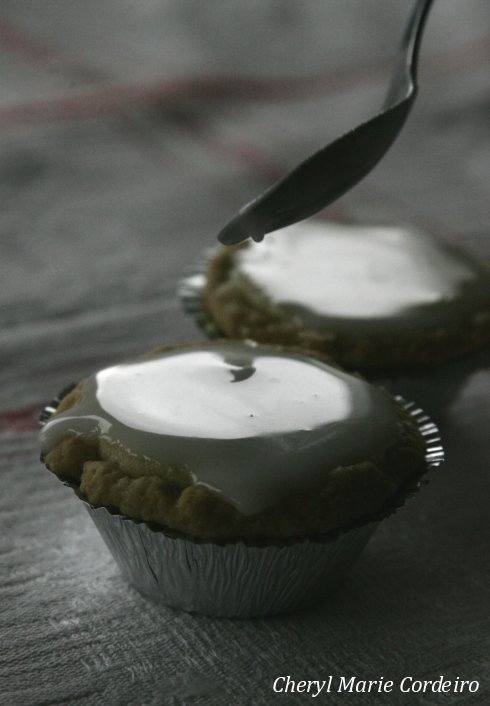
Mirror.
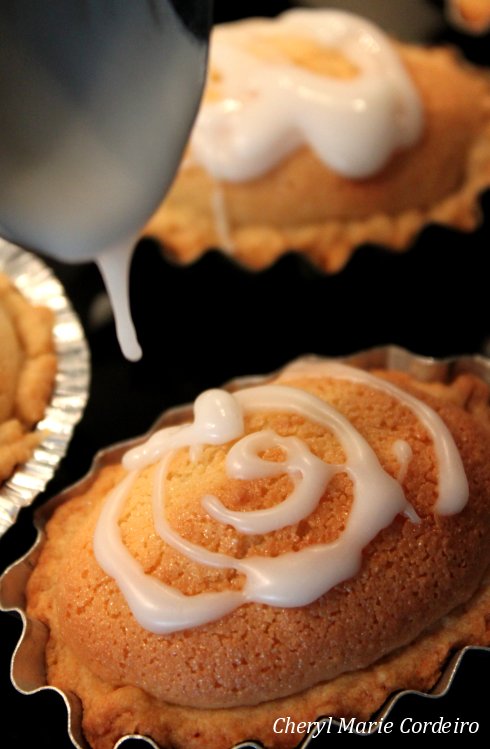
Rose on mazarin.
And with friends and family around, having their own cookie moments with these mazariner, it goes to show that as long as you have your heart into things, you could take a single recipe from a book, fiddle it as you like and eventually still produce your very own Madeleine effect.
Enjoy!
